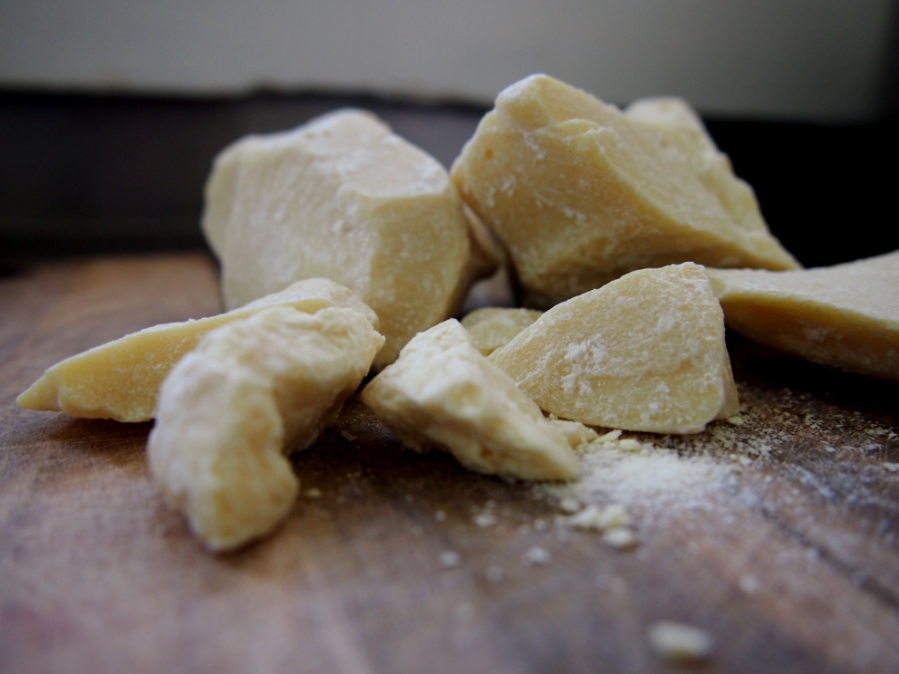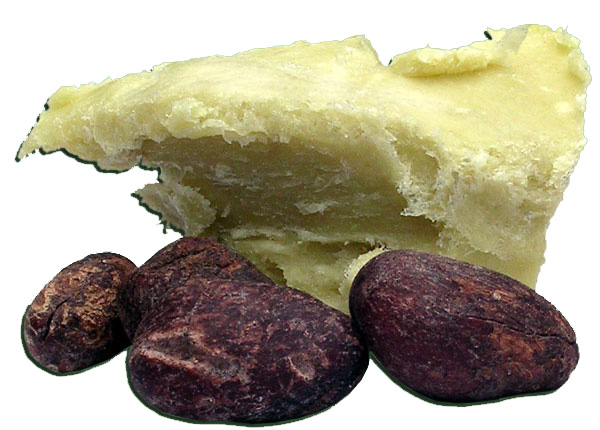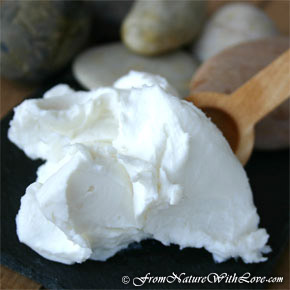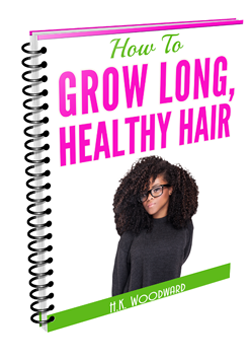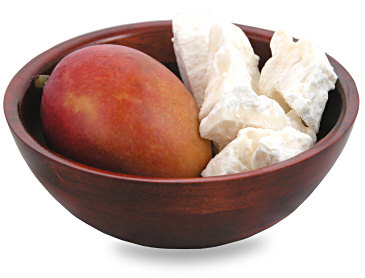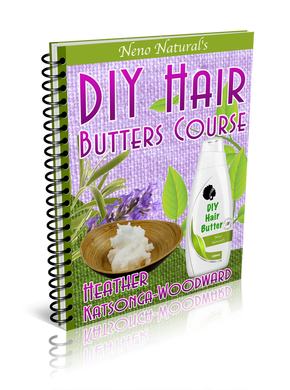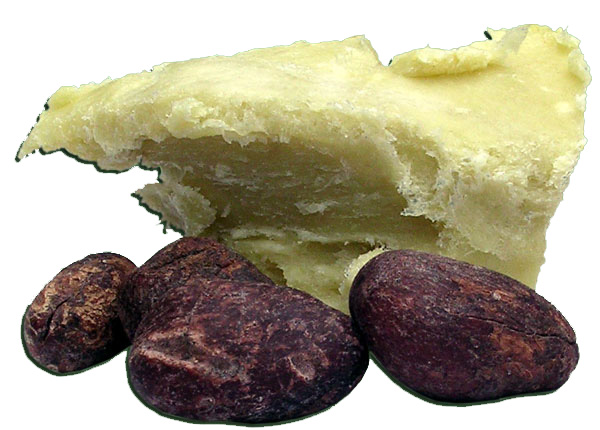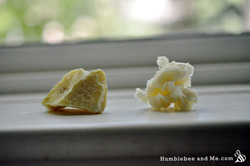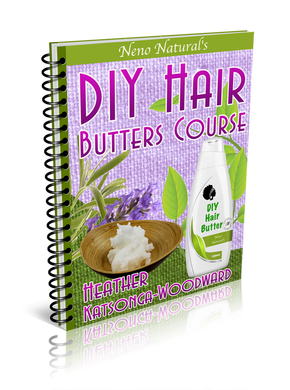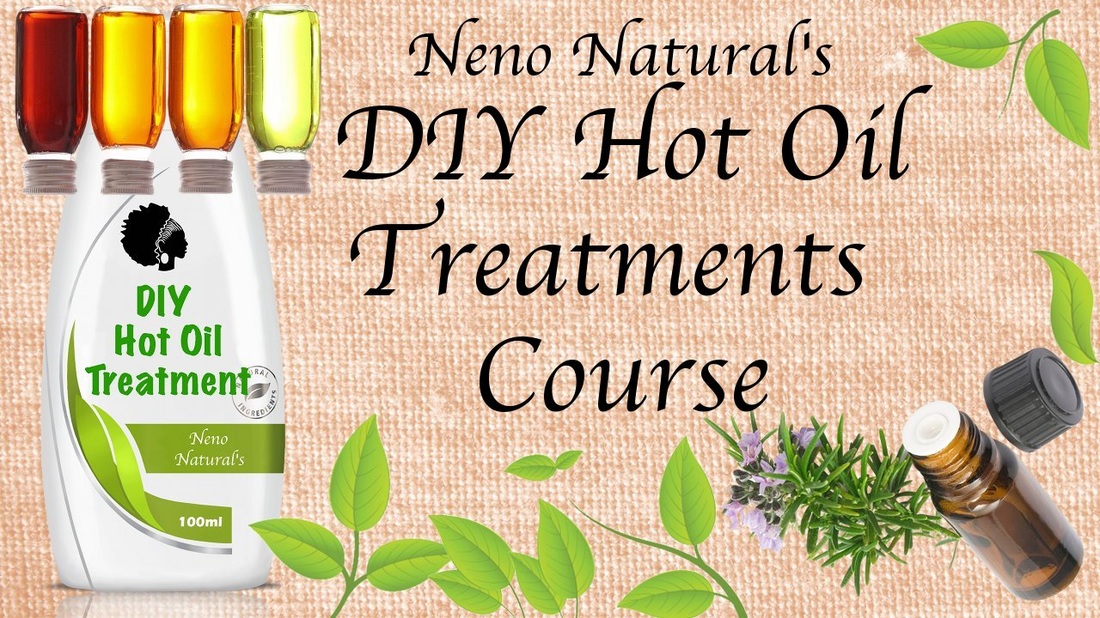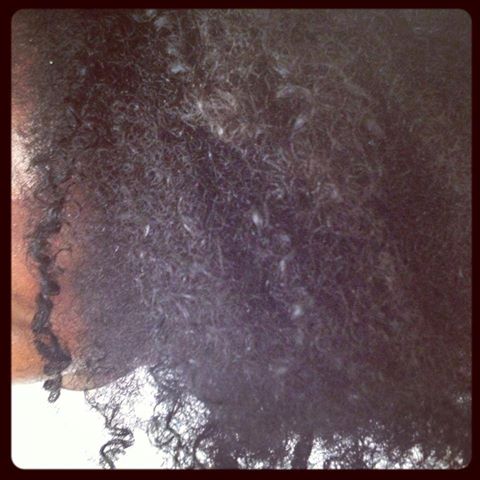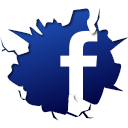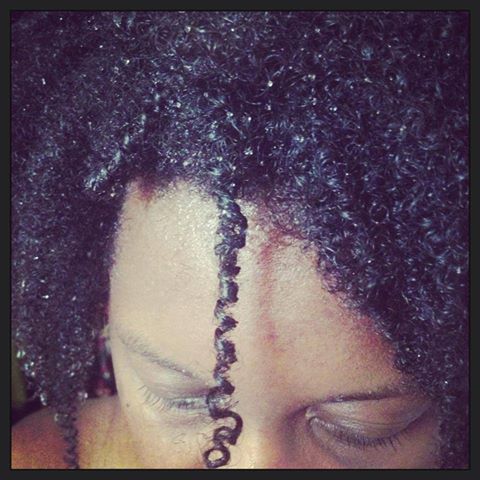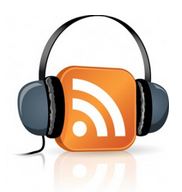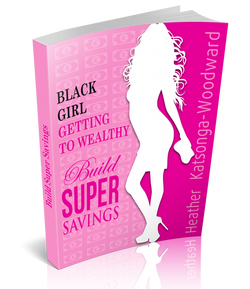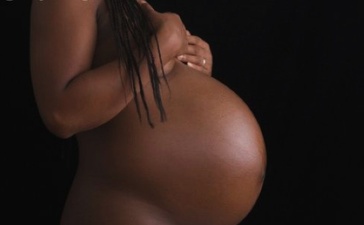
The reason is simple - many essential oils can stimulate the uterus thereby causing premature labour. This is great if your baby isn't coming out when it's due but is definitely not ideal if you haven't come to full term.
Interestingly enough certain foods can have the same stimulating effect on the uterus; this includes but is not limited to celery, carrots, parsley, basil, bay leaves, marjoram and safflower oil - who would have guessed?! I'm scared! That said, two or three drops of the following essential oils are thought to be safe during pregnancy:
Essential oils in bold are used in some of my DIY Hair Care recipes. Unfortunately, my source book does not advise whether these two or three drops can be a mixture of several oils, so I can neither confirm nor deny whether you can combine the oils and which combinations are safe. To be on the safe side I would just use 3 drops in 30ml (or grams) of carrier oil. No more. That would be roughly a 0.5% dilution. The effects of essential oils can also be passed on from mother to infant so be cautious with your use of essential oils whilst you are breastfeeding. Basically, don't be a hero baby girl, consult a doctor or other medical specialist if you want to use essential oils! Alternatively, just use fragrance oils. 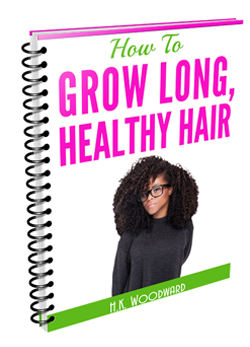
Get your FREE ebook on How To Grow Long, Healthy Natural Kinky or Curly Hair. You might also like: Neno Natural's DIY Hair Recipes Ref: The Aromatherapy Encyclopedia by Carol Schiller & David Schiller 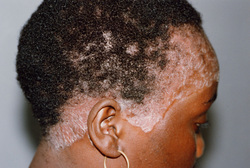
I get quite a few emails from people with a scalp problem seeking my input on products etc. Whilst I am not a doctor I have discovered that if you have scalp psoriasis the following carrier oils and essential oils can help to temper the problem.
Keep the lists in mind when you're buying commercial products or whipping up your own recipes using my DIY Hair Product Academy.
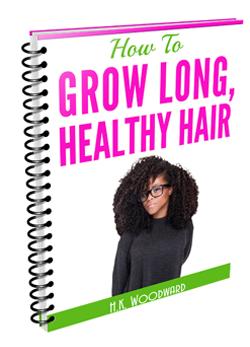
Get your FREE ebook on How To Grow Long, Healthy Natural Kinky or Curly Hair. You might also like: Ref: aromantic.co.uk, Carrier Oils by Len Price
Before making any of my hair recipes please take the following precautions.
Seek A Doctor's Advice If You're Pregnant
Don't use essential oils if you are pregnant or breast-feeding because many essential oils are known to stimulate the uterus and their effects can be passed on to a baby.
Using an essential oil that stimulates the uterus means you may go into premature labour which can mean a miscarriage if it is too early. Even just inhaling the smell of certain essential oils can be enough to do this! I cannot emphasise this point enough. Test For Allergies With a Patch Test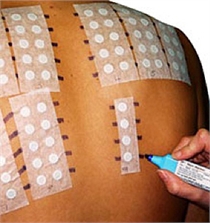
Before using any of the products you make do a patch test! This is especially important if you have sensitive skin.
Method
Signs of an allergic reaction
Cleanliness Guidelines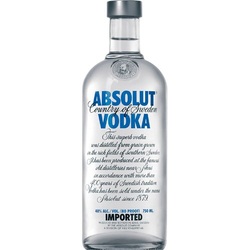
When you're working ensure the surface is clean, clear and leaves plenty of room for you to manoeuvre. To sanitize the surface I recommend you don't use a commercial detergent get a big bottle of cheap vodka or clear (white) vinegar. Use the vodka to sanitize your equipment too.
If you’re trying to be “green” then you’ll want to avoid disinfectants with chemicals like chlorine, chlorhexidine or triclosan. Alcohol (ethanol) is a very sanitary, chemical-free cleaning agent. Personally, I clean the surface using a regular detergent then I wipe it down hard with the below vodka blend. Neno Natural's Vodka Blend To make a good smelling surface cleanser pour vodka into a spray bottle (dark glass preferred) and add a few drops of lemon essential oil (great fragrance) or tea tree essential oil (has antibacterial, antiseptic and antifungal properties) or peppermint essential oil (has antibacterial properties). For every 30 ml (1 oz) add a total of 15-18 drops of essential oils (this is a 3% dilution - only suitable for a cleaning product). You can use one or all of the three essential oils I recommend. 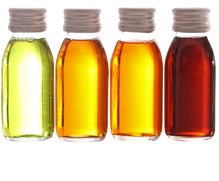
Example blend
water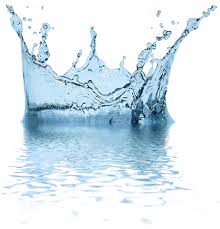
Ideally, don't use tap water or bottled water. Use
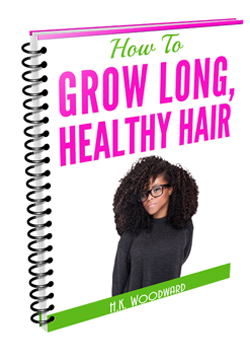
Get your FREE ebook on How To Grow Long, Healthy Natural Kinky or Curly Hair. You might also like: Neno Natural's DIY Hair Recipes Ref: NHS, hydrosol vs. floral water Ventilation
It goes without saying that if you're going to be heating "chemicals" especially with essential oils you need to be in a well-ventilated room. Essential oils are flammable and very potent. If you feel light headed or faint stop what you’re doing and get some fresh air.
That vegetable butter you choose to use on your hair depends on what you want to use the butter for: Hot oil treatments & pre-Shampoo treatments Use nutrient rich oils that can penetrate the hair follicle. Any vegetable butter will be very penetrating because butters (or solid oils) are very low in polyunsaturated fats. However murumuru butter or coconut oil would be especially penetrating because saturated fats are a bit better able to penetrate the cuticle than monounsaturated fats. Top 3: aloe butter (it's a blend of coconut oil and aloe juice so you get the best of both), murumuru butter, avocado butter.
Scalp massage to stimulate growth or to relieve dryness Use oils with a high nutrient content to nourish the scalp and a lower density to avoid clogging the scalp. Using oils with a similar structure to sebum is an added bonus. Top 3: aloe butter, murumuru butter, shea butter. 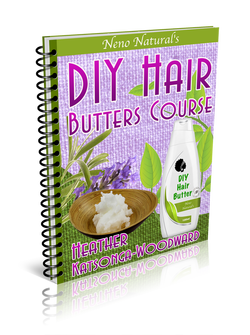
Sealing In Moisture
I think any butter should be good for this function. Top 3: shea, cocoa, mango. That said, liquid oils have more polyunsaturated fats so they are better sealants of moisture overall. The only exception here is jojoba (its' very low in non-penetrating polyunsaturated fats) but it isn't actually an oil, it is a wax so we can't directly compare it to liquid oils. If you have thin hair, avoid the harder butters: cocoa, kokum and sal. When you make hair butters for yourself use a softer blend with a little more oil and little less butter and wax so it doesn’t weigh your strands down. Stepping back from the science for a moment: buy a few butters. Make whipped hair butters with your chosen oils and butters and try them all out to decide which ones you want to keep buying. You can also use all the butters to make body butters, or skin lotions. You may find that the oils you don’t like on your hair are loved by your skin.
"Love Me" Hot Oil Treatment For Weak, Brittle or Damaged Hair ~ DIY Hair Recipe By Neno Natural16/1/2014
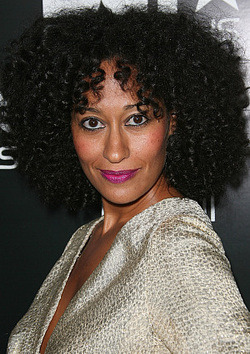
The Love Me Hot Oil Treatment is designed to nourish, fortify and replenish weak, brittle or damaged hair.
INGREDIENTS Carrier oils/butters
METHOD
APPLICATION
STORAGE
You can store the oil blends indefinitely but re-heating oil that has already cooled would reduce the function of the essential oils – they do not take well to heat. 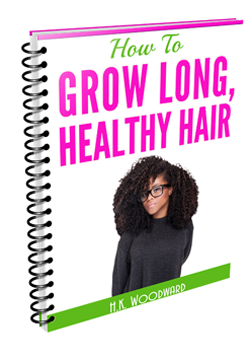
Get your FREE ebook on How To Grow Long, Healthy Natural Black Hair. You might also like: Neno Natural's DIY Hair Recipes
Different butters perform each of these functions to a different degree.
Good Substitutes For Mango Butter: In the cosmetics industry, seven butters are considered substitutes for each other: cocoa, illipe, kokum, sal, shea, mango and palm but they are not perfect substitutes. Mango butter has a closer fatty acid profile to shea butter than to cocoa butter so they are better substitutes for each other. That said, mango butter is less moisturising than shea butter. Products containing both mango butter and another soft butter like shea butter will result in a better feel on hair (and skin). Don't blend mango and avocado better - they are not the best combo - they can be a little drying. Fat Composition Of Mango Butter:
Mango butter contains tannins, this gives a drier feel compared to other butters. That said, tannins give mango butter more anti-inflammatory, anti-oxidant, anti-fungal and anti-bacterial properties; this is why I use it in some of my "Soothe Me" DIY Hair Recipes for the scalp. Overall, my reading led me to conclude that mango butter is better for oilier hair types - or for skin butters; to be used in hair I would always combine it with another greasier butter or oil for added moisture. 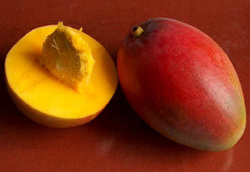 Kernel inside a mango fruit. Kernel inside a mango fruit.
Melting Point Of Mango Butter: 30–37°C (86–99 °F)
It is softer than shea butter. This means it will melt quite easily when you rub it in your hands to put it in your hair. It doesn't smell like mango because it is extracted from kernel not the juicy fleshy fruit. 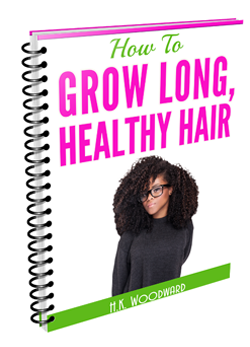
Get your FREE ebook on How To Grow Long, Healthy Natural Kinky or Curly Hair. You might also like: Neno Natural's DIY Hair Recipes References: swiftcraftmonkey: whipped mango butter, butter tutorial, butter-n-bars.com, 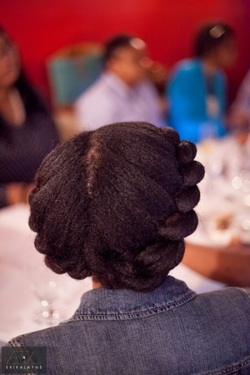
The Grow Me Hot Oil Treatment is designed to stimulate blood flow to the scalp promoting the delivery of nutrients to the region and therefore hair growth.
It is better than just using a carrier oil because it contain essential oils that are widely believed to be good for growth. INGREDIENTS Carrier oils/butters
Essential oils
METHOD
APPLICATION
STORAGE
You can store the oil blends indefinitely but re-heating oil that has already cooled would reduce the function of the essential oils – they do not take well to heat. 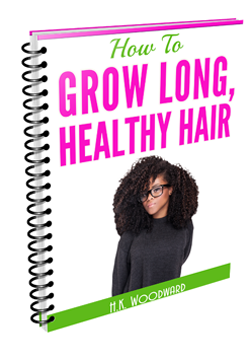
Get your FREE ebook on How To Grow Long, Healthy Natural Kinky or Curly Hair. You might also like: Neno Natural's DIY Hair Recipes
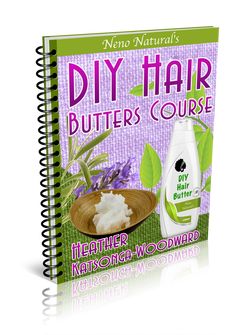
Different butters perform each of these functions to different degree therefore it is better to compare one butter to another rather than just stating what a butter does. Shea butter offers a little protection from UV light because it contains something called cinnamic acid ester.
Good Substitutes For Shea Butter: In the cosmetics industry, seven butters are considered substitutes for each other: cocoa, illipe, kokum, sal, shea, mango and palm but they are not perfect substitutes. The best substitutes to shea butter are: mowrah, cupuacu and mango butter. Mango butter is less moisturising than shea butter though because it contains more tannins. If you use mango butter rather than shea butter in a DIY Hair Recipe you should add greasier oils to compensate for the less greasy mango butter.
Compared to cocoa butter shea butter has a little more stearic acid, oleic acid and polyusaturated fats but about 3 times less palmitic acid.
I do like cocoa butter but I always use it in collabo with a much softer butter. I use 15% cocoa butter in my "Soothe Me" Whipped Butter and the texture is super, super creamy. 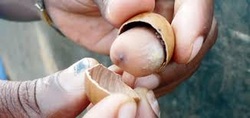 Shea Nut Shea Nut
Melting Point Of Shea Butter: 37 °C (99 °F), i.e. body temperature.
This means it will melt quite easily when you rub it in your hands to put it in your hair. 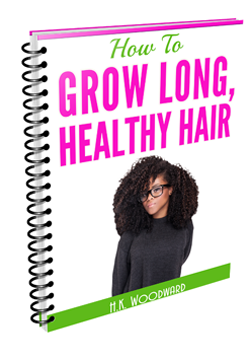
Get your FREE ebook on How To Grow Long, Healthy Natural Kinky or Curly Hair. You might also like: Neno Natural's DIY Hair Recipes References: wikipedia.org, swiftcraftmonkey: on various butters and on shea butter (note that swift's focus is skin not hair), lush, hyperphysics, hairloss-research.org, humblebeeandme.com
Different butters perform each of these functions to a different degree.
Compared to other butters cocoa butter is relatively hard. This means that any hair butter or moisturisers with cocoa butter will tend to get thicker or harder over time. Good Substitutes For Cocoa Butter: In the cosmetics industry, seven butters are considered substitutes for each other: cocoa, illipe, kokum, sal, shea, mango and palm but they are not perfect substitutes. Illipe is apparently considered to be the best substitute for cocoa butter because it has a very similar fatty acid profile. However, illipe contains 3 times more vitamin e (tocopherols). It also has higher phytosterol levels so illipe would be more beneficial to you than cocoa butter if your scalp is inflammed or itchy. My research suggests that kokum and sal butter are the next best alternatives to cocoa butter. Sal butter also has a similar melting point to cocoa butter. Fat Composition Of Cocoa Butter:
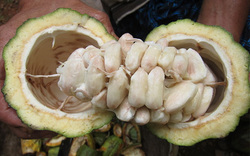
Melting Point Of Cocoa Butter: 34–38 °C (93–100 °F)
This means it will melt quite easily when you rub it in your hands to put it in your hair. 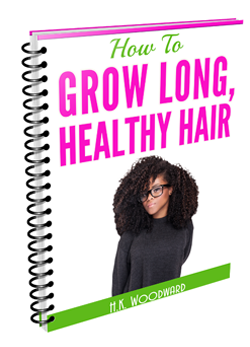
Get your FREE ebook on How To Grow Long, Healthy Natural Kinky or Curly Hair. You might also like: References: wikipedia.org, swiftcraftmonkey,
Before you start making my hot oil treatments there are a few provisos.
Critical info:
Each treatment aims to tackle a specific hair problem. At the end of the above video you will find a link to each of the recipes that has been published so far. The:
Note that the "Adore Me" hot oil treatment is designed to nourish your hair without weighing your strands down - if your hair is genetically thin, it will not get any thicker; if it's gotten thinner due to excessive pulling or harsh relaxers - you will recover your natural thickness if the follicles haven't been permanently damaged. 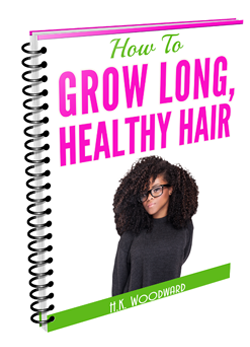
|
I now blog about wealth creation - so if you have any money questions meet me there, you can do all sorts of cool things like leave me a voicemail.
By Heather Katsonga-Woodward
I was a natural hair blogger and mixtress living between London & Chicago from 2012 to 2017. I always thought I was 4C but some say 4B; images below - you decide! Heather xx Categories
All
Archives
November 2016
|

